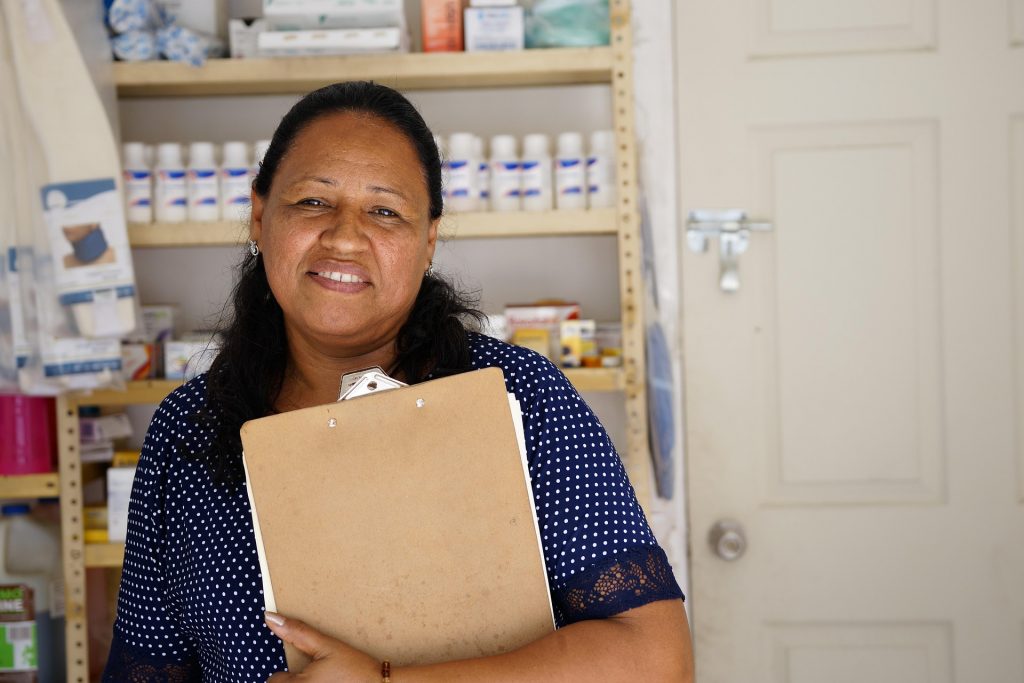Coffee Prices Drop Amid Rising Supply Concerns and Economic Worries
On Tuesday, July arabica coffee (KCN25) fell by -10.25 (-2.50%), while July ICE robusta coffee (RMN25) decreased by -115 (-2.12%). The decline in coffee prices came after an initial advance, driven by fears that a drop in U.S. consumer confidence to a near five-year low may lead to reduced discretionary spending on coffee.
Weather Events Impacting Coffee Production
Brazil is experiencing above-normal rainfall, which is increasing soil moisture levels and negatively affecting coffee prices. Somar Meteorologia reported that Minas Gerais, Brazil’s largest arabica-growing region, received 38.7 mm of rain in the week ending April 19, amounting to 490% of the historical average.
Increased coffee supplies also add downward pressure on prices. ICE-monitored arabica coffee inventories hit a two-and-a-half-month high on Monday, totaling 826,304 bags. The ongoing global trade turmoil continues to affect commodity prices, including coffee. Additionally, there are concerns about reduced coffee demand as higher tariffs contribute to increased prices for U.S. consumers.
Market Reactions to Crop Forecasts
Despite recent pressures, coffee prices initially surged on Tuesday, with arabica reaching a two-and-a-half-month high and robusta hitting a one-month peak. A smaller Brazilian coffee crop is drawing bullish sentiment. Last Tuesday, Rabobank projected that Brazil’s 2025/26 arabica crop will fall by 13.6% year-on-year to 38.1 million bags due to unfavorable dry weather impacting the flowering stage of coffee trees. Conversely, robusta production is expected to rise by 7.3% year-on-year to a record 24.7 million bags in the same forecast.
Strength in the Brazilian real (^USDBRL) further supports coffee prices. The currency climbed to a three-and-a-half-week high against the U.S. dollar, dissuading export sales among Brazilian coffee producers.
Supply Concerns from Brazil and Vietnam
Further supports for coffee prices stem from declining exports. Cecafe reported that Brazil’s March green coffee exports dropped by 26% year-on-year to 2.95 million bags. Conab, Brazil’s government crop forecasting agency, also indicated a negative outlook, predicting that the 2025/26 coffee crop will decline by 4.4% year-on-year to a three-year low of 51.81 million bags, having also reduced its 2024 estimate by 1.1% to 54.2 million bags.
El Nino’s impact from the previous year continues to threaten coffee crop yields in South and Central America. Brazil has reported below-average rainfall since April, which has negatively affected coffee tree development. According to Cemaden, Brazil is currently facing its driest weather conditions since 1981. Colombia, the world’s second-largest arabica producer, is beginning to recover from the drought caused by El Nino.
Robusta coffee prices are benefiting from lower production levels in Vietnam. Drought conditions have led to a -20% decrease in Vietnam’s coffee production for the 2023/24 crop year, down to 1.472 million metric tons, the lowest output seen in four years. Moreover, Vietnam’s General Statistics Office noted that its coffee exports fell by 17.1% year-on-year to 1.35 million metric tons in 2024. The Vietnam Coffee and Cocoa Association revised its production estimate down to 26.5 million bags from a previous estimate of 28 million bags.
Global Coffee Exports and USDA Reports
On the downside, increased global coffee exports add bearish pressure on prices. Conab reported record coffee exports from Brazil in 2024, up by 28.8% year-on-year to 50.5 million bags. However, the International Coffee Organization noted a decrease in global coffee exports, which fell by 12.4% year-on-year in December to 10.73 million bags.
The USDA’s biannual report on December 18 offered mixed signals for coffee prices. The Foreign Agriculture Service (FAS) projected a 4.0% year-on-year increase in world coffee production for 2024/25 to 174.855 million bags, including a 1.5% rise in arabica production and a 7.5% increase in robusta production. However, the FAS also forecasts a -6.6% drop in ending stocks, reaching a 25-year low of 20.867 million bags.
Looking ahead to the 2025/26 marketing year, Volcafe has lowered its Brazil arabica production estimate to 34.4 million bags, down about 11 million from a previous forecast. Volcafe expects a global arabica coffee deficit of -8.5 million bags, wider than the previously projected deficit of -5.5 million bags.
On the date of publication, Rich Asplund did not hold positions in any of the securities mentioned in this article. All information and data are for informational purposes only. For more details, please view the Barchart Disclosure Policy.
The views expressed here do not necessarily reflect those of Nasdaq, Inc.


